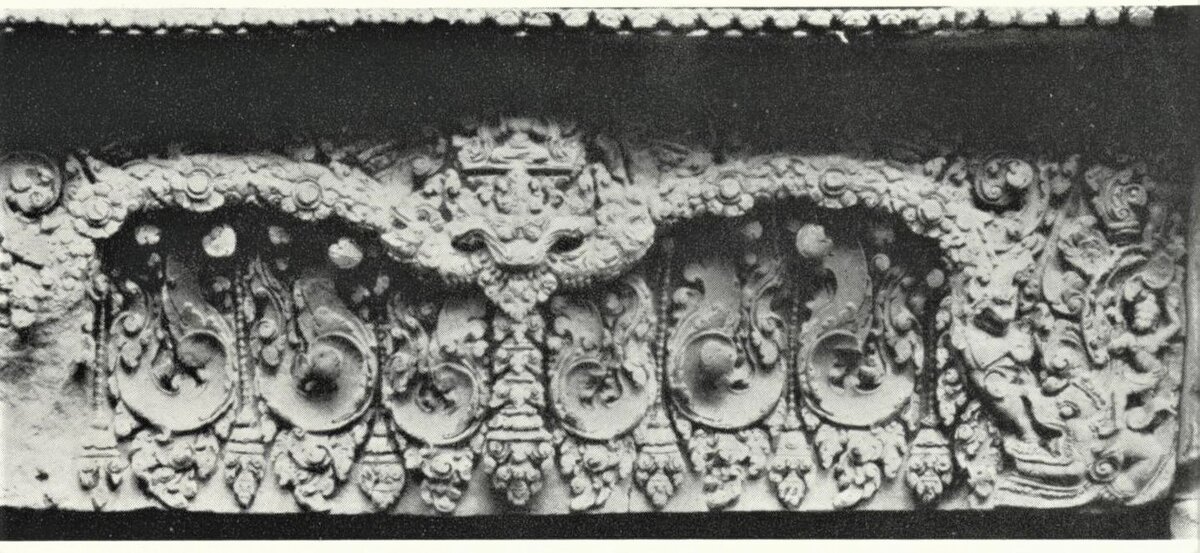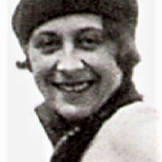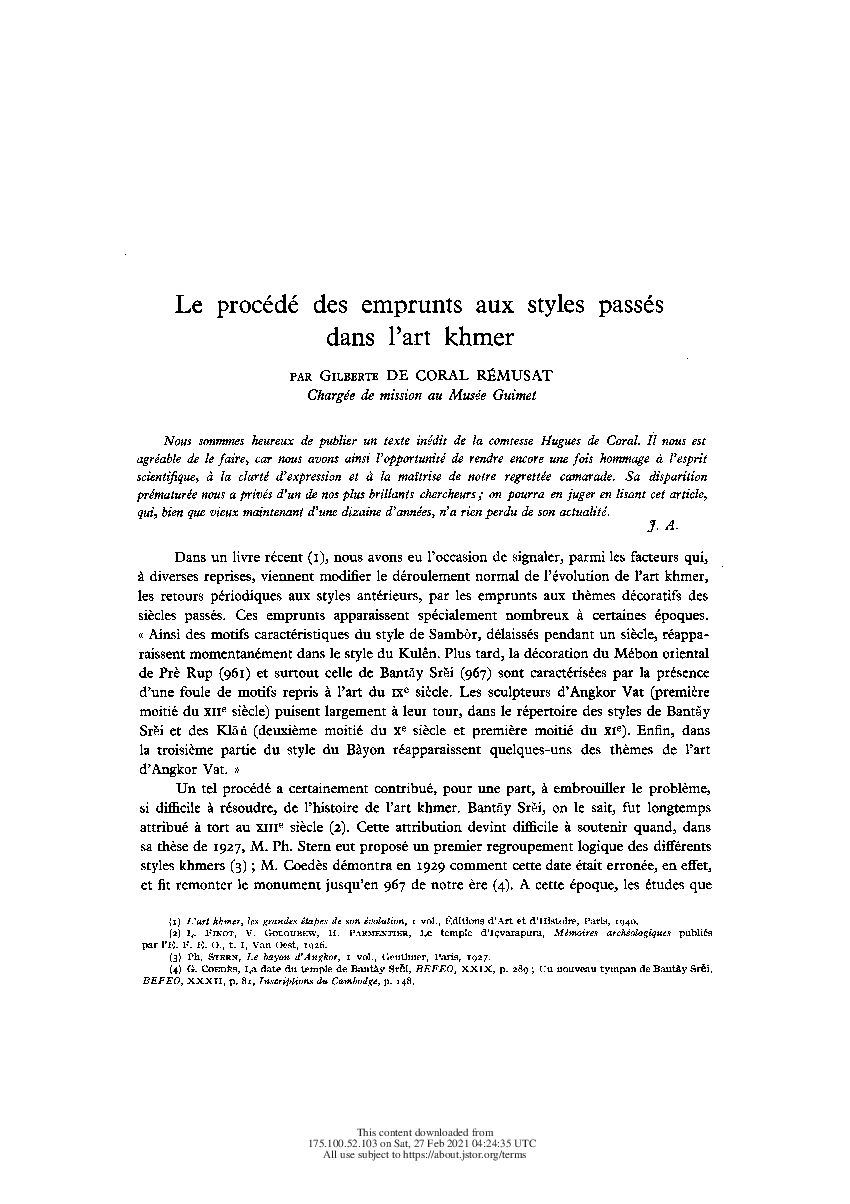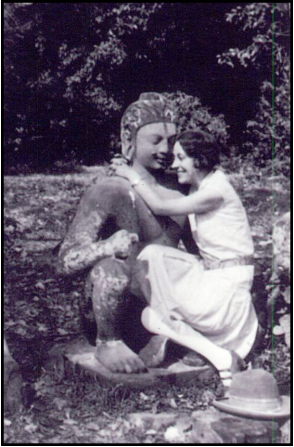Le procédé des emprunts aux styles passés dans l'art khmer
by Gilberte Coral-Rémusat (de)
The alternance of "bright" and "dull" periods in Khmer sculptuary art.

Publication: Arts Asiatiques, Vol. 1, No. 2 (1954), pp. 118-128 | EFEO via JSTOR
Published: 1954
Author: Gilberte Coral-Rémusat (de)
Pages: 11
Language : French
pdf 2.9 MB
With her keen eye to details, the author studied in the 1930s the declination of traditional motifs on the lintels of several Khmer temples corresponding to the three main different style periods found in the Angkor area.
Her study show how, while Khmer artists were always ready to “lift” motifs and decorations from earlier times and styles, there was a succession of “bright” and “dull” trends through times, as if at some periods they were less prone to invent or re-invent. Did this phasing corresponded to particular cultural and socio-economical contexts? Philippe Stern, the author’s mentor, has attempted to find such a pattern in the history of Khmer art.
Photo: Eastern lintel of the Southern Library at Banteay Srei (EFEO)
Tags: art history, sculpture, periodization, Banteay Srei, Prah Ko, lintels
About the Author

Gilberte Coral-Rémusat (de)
Countess Gilberte de Coral-Rémusat (17 Dec. 1903, Paris — 19 Oct.1943, Lausanne, Switzerland) was an independent archaeologist and art historian who explored Indochina first in 1928 – 1929, part of a round-the-world trip, then in 1935 – 1937 as a correspondent for EFEO and Musée Guimet.
Great-granddaughter of French politician Charles de Rémusat, Gilberte de Coral-Rémusat was a ‘bookworm’ at an early age in the vast family library, with several distinguished female writers among her ancestors. Fascinated with India and Indochina, she developed a close relationship with some of the most eminent Angkor specialists of the time, especially Victor Goloubew, Philippe Stern and Louis Finot.
Before her death at 43 years only, she published numerous essays on Indian and Khmer Arts, and gave lectures on these subjects in Paris, Budapest, London, Brussels, Hanoi, that were praised by Orientalist George Coedès. Her Doctorate thesis, L’Art Khmer, Les étapes de son évolution, was published in 1940 and became a reference for all researchers in Khmer civilization. She also attempted with Philippe Stern the first Timetable and Classification of Khmer Architectural Styles.
In Angkor Thom, circa 1929.


